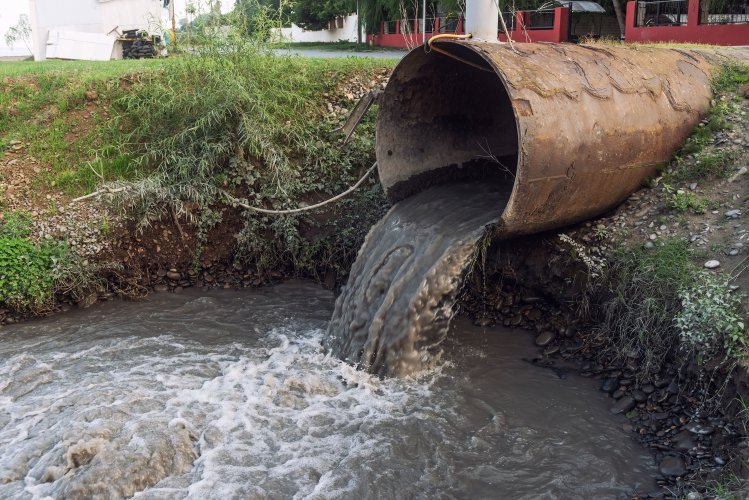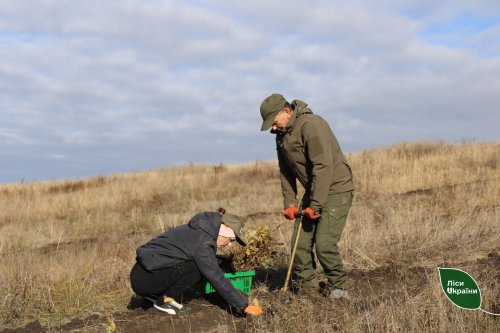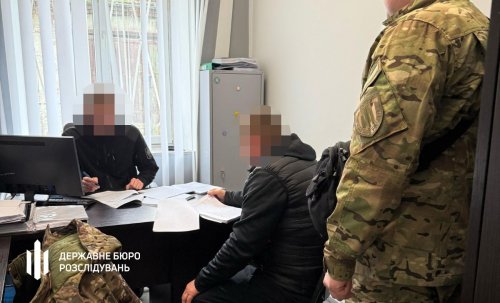The pollution of the Seim River, which originated in the Kursk region of Russia in mid-August, quickly moved to Ukraine, causing a large-scale environmental disaster.
EcoPolitic traced the chronology of this situation, which has been one of the top topics in the press and on television for many days in a row.
How and when the contamination of the Sejm was discovered
On 14 August, pollution was detected in the water of the Sejm River near the border with Russia. However, the first official report on the matter came from the State Agency of Ukraine for the Development of Land Reclamation, Fisheries and Food Programmes on 27 August, when the contaminated water had already reached the Desna River. At that time, the agency said that the pollution originated on 14 August on the territory of the Russian Federation.
Residents of Ukrainian villages began to notice the fish kill even before the official announcement and began to sound the alarm.
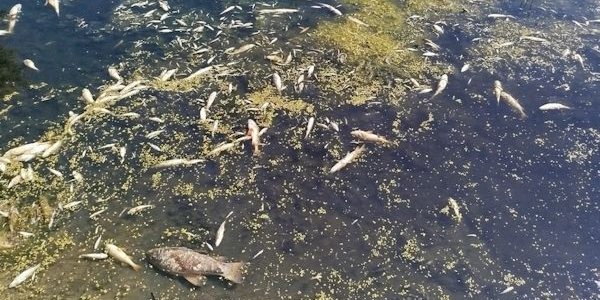
Photo: darg.gov.ua.
The Ministry of Environmental Protection and Natural Resources of Ukraine broke its silence on the situation on the Sejm River on July 28 by publishing a video clip from the broadcast of the National Marathon "Edyny Novyny", when it became impossible not to comment on the situation.
Who caused environmental damage to the river and its ecosystem
Initially, the State Fisheries Agency named the probable cause of the pollution as the actions of the Russians, who dumped waste of unknown substances into the Sejm.
Another unofficial version was announced live on September 9 by "Suspilne. Studio" acting director. Oleksandr Lomako, Mayor of Chernigov. According to his information, the Russians destroyed sewage treatment plants on the territory of the Kursk region. Therefore, untreated sewage got into the reservoir.
On September 10, it became known that the source of pollution of the Sejm and Desna rivers was the sewage of a sugar factory in the town of Tyotkino, Kursk region of the Russian Federation.
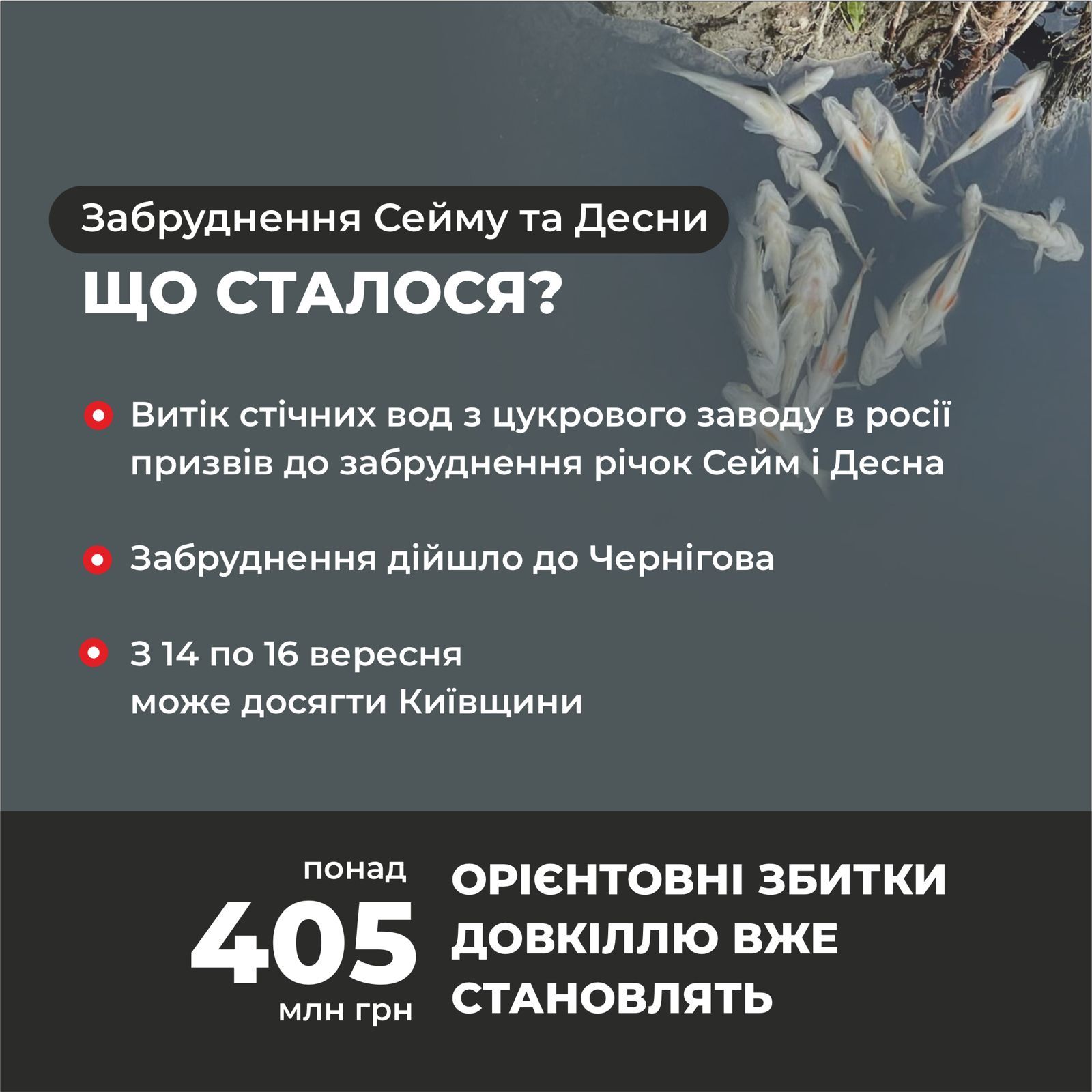
Інфографіка: facebook.com/EnvironmentalofUkraine.
What kind of pollutants got to the Sejm and Desna
Officials of the State Water Agency and the State Environmental Inspectorate, responsible for monitoring the situation, have repeatedly emphasized that this is pollution by organic substances. The first surface water samples taken by the State Water Agency from the Sejm showed a significant excess of the maximum allowable concentrations of pollutants, in particular, ammonium and suspended solids.
"Preliminary assessment of water quality established that no excesses of chemical and highly toxic components were detected in the Sejm and Desna rivers. This is pollution by organic substances," Oleksandr Krasnolutskyi, First Deputy Minister of Environmental Protection and Natural Resources of Ukraine, said on August 29.
Why did a large number of fish die in the rivers?
The answer is not immediately obvious: she simply did not have enough oxygen to breathe. Because of the heat this summer, there have already been several cases of fish dying from a lack of oxygen. And when organic impurities got into the Sejm and took a large amount of it for the biochemical processes of their oxidation, the river inhabitants started to have a general lack of overflow.
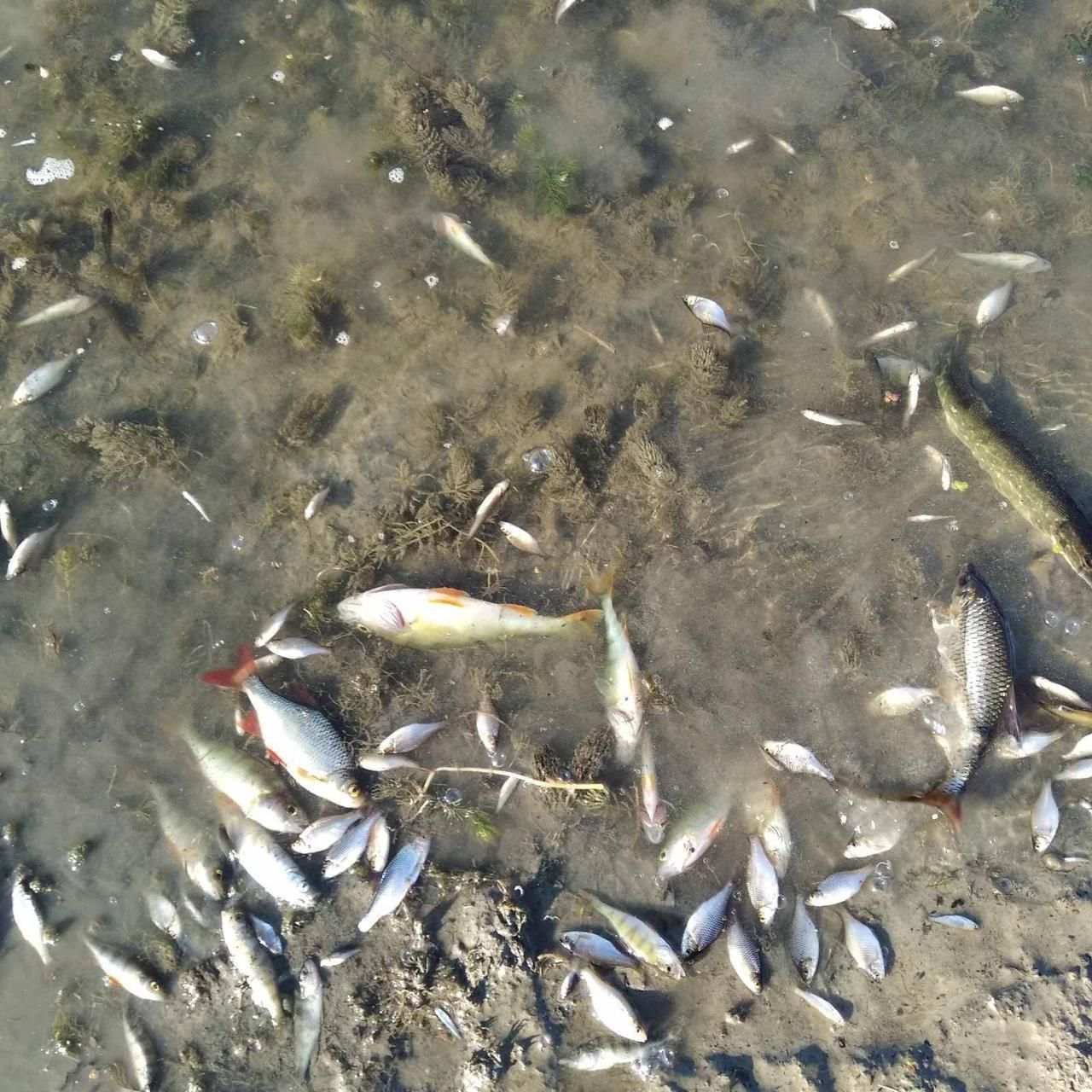
Photo: darg.gov.ua.
On August 27, the oxygen content in the river water was critically low – less than 1 mg/l with the minimum permissible norm of 4 mg/l.
The State Water Agency noted:
"Chemical oxygen consumption exceeds the maximum allowable norms by several times, which indicates a high level of organic pollution."
Timeline of movement of polluted waters through Ukrainian territory
August 27: pollution spread throughout the water area of the Sejm River within the Sumy Region and reached Chernihiv Oblast. The water has a black color, the smell of rot, ammonia. Local residents see dead fish, in particular, near Baturyn.
The Konotop District Commission on Technogenic and Environmental Safety and Emergency Situations prohibits (until a special order) bathing, fishing and the use of water for economic needs from the Sejm River on the territory of Novoslobidska, Bochechkivska, Popivska village, Burynska, Putivlska, Krolevetska urban territorial communities.
Fish protection patrols of the State Fisheries Agency together with other state bodies collect and bury dead fish.
There is no threat to the population's drinking water supply, as drinking water intakes for the population from the Sejm and Desna rivers in Chernihiv and Sumy regions are not carried out.
August 29: The State Water Agency and the laboratories of the State Inspectorate take water samples from the Sejm and Desna rivers every day. Responsible services, together with scientists, consider possible options for pollution elimination: the use of coagulants, adsorption methods, artificial aeration, etc.
At the behest of Prime Minister Denys Shmyhal, a meeting of the State Commission on Technogenic and Environmental Safety and Emergency Situations regarding pollution of the Sejm River and possible pollution of the Desna River is taking place.
August 30: in Chernihiv Oblast, on the Desna River, measures were taken to localize organic pollution that came from the Sejm River. For this purpose, the absorption of pollutants and the saturation of water with oxygen are used.
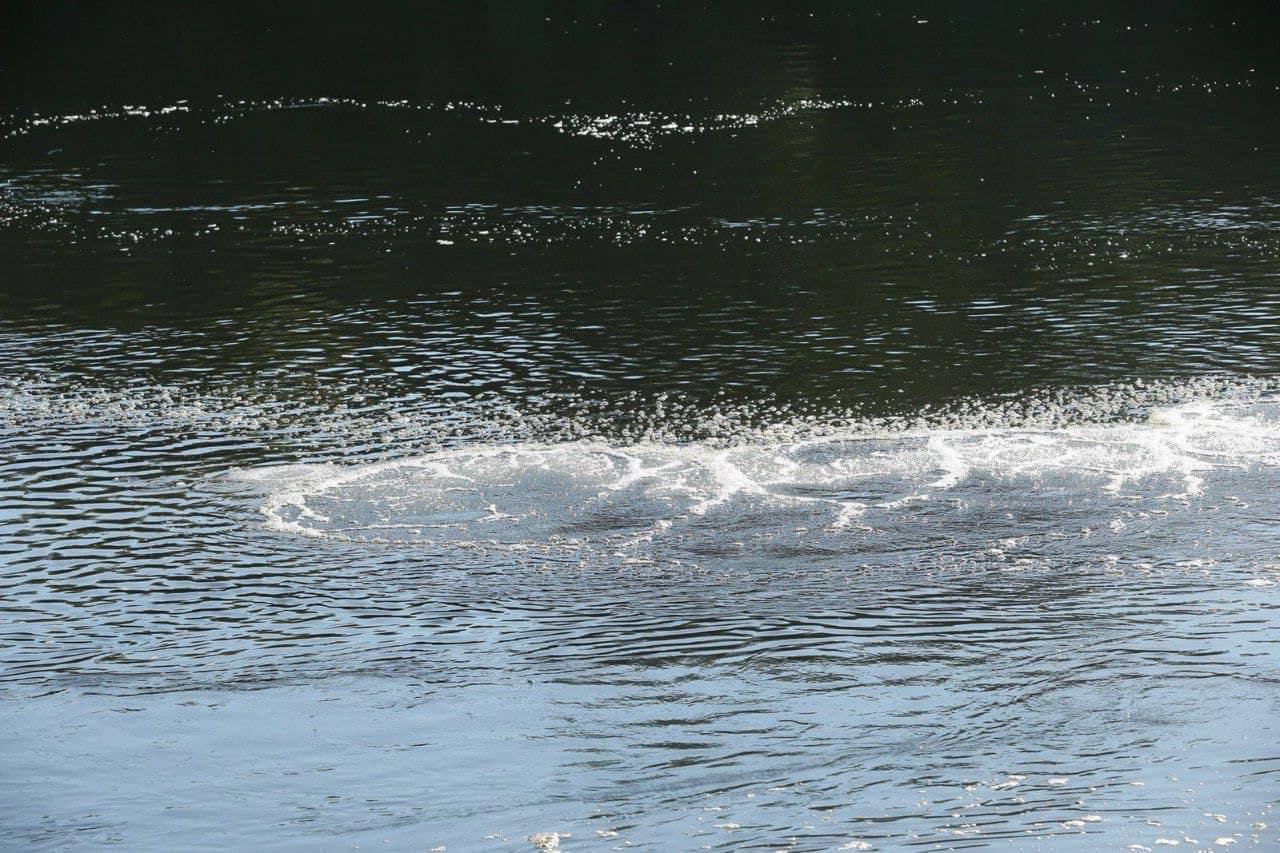
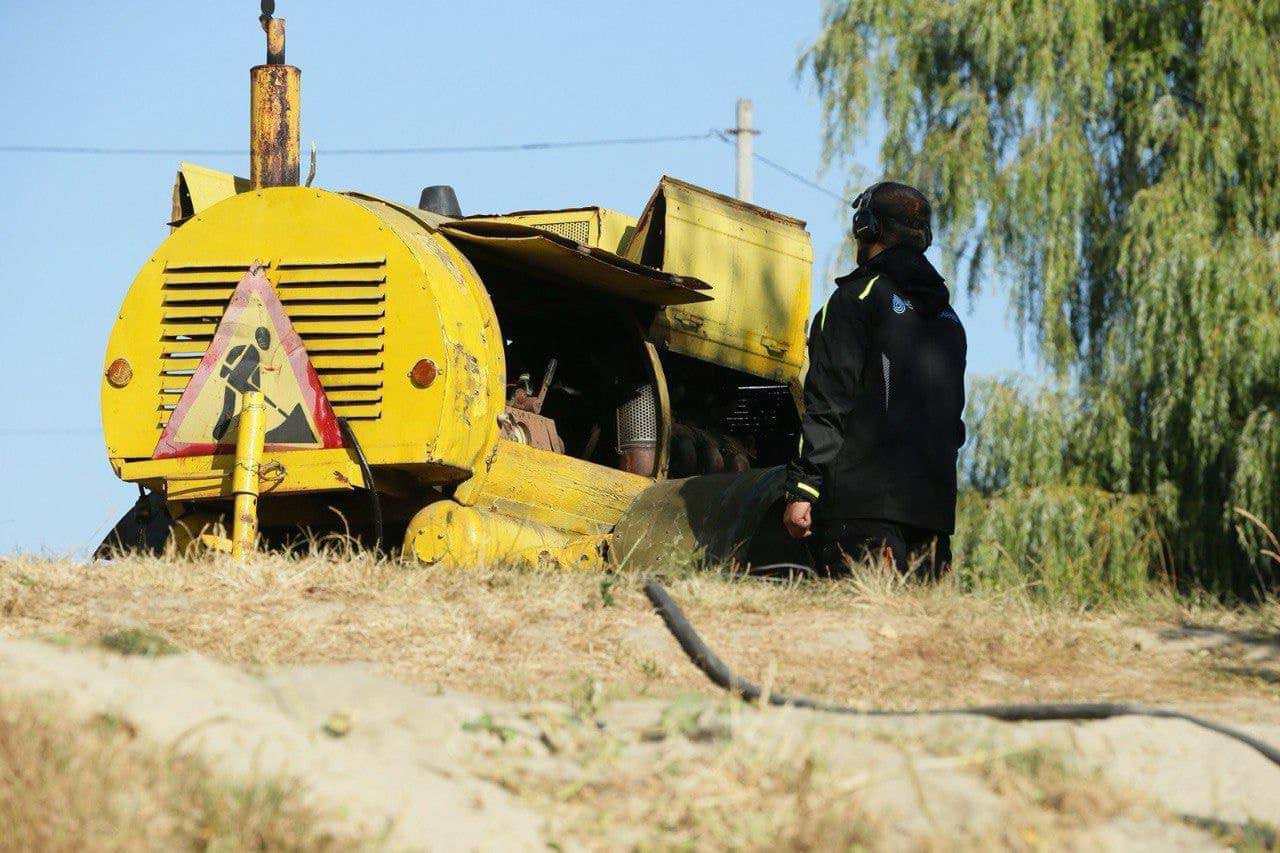
Photo: t.me/mindovkillia
More than 11 tons of dead fish have already been collected on the territory of Sumy region, and almost 6 tons on the territory of Chernihiv region.
August 31: the mass of polluted water in the Desna River reached the village. Kladkivka, Chernihiv region. Measures to localize and eliminate the consequences of pollution of the Desna River continue: artificial aeration and collection of dead fish. The main activities are carried out in the Chernihiv region, in particular in the villages of Makoshine and Maksaki.
September 1: organic substances from Sejm are located at a distance of 92 km from the confluence of the Seim River with the Desna River. The city of Chernihiv is 74 km away. There is a tendency for the daily movement of organic substances to slow down due to their dilution by the waters of the Desna River several times.
In Sumy Oblast, the condition of the Sejm River from the border with the Russian Federation to the village of Chaplyshchi in Sumy Oblast is stabilizing: the content of dissolved oxygen in the water has slightly increased, the sharp unpleasant smell has decreased, and the natural color of the water is being restored.
September 4: polluting organic substances reached the section of the Desna River in the village of Boromyki in Chernihiv Oblast. Chernihiv is 38 km away.
A change in the nature of pollution is observed: it does not go in a continuous gap, but moves along the deepest part of the river, in the center, and settles to the bottom.
On the section of the Desna River in front of Chernihiv, the service carries out measures to oxygenate the surface water.
There are no fish in the last 30 km of the advancement of pollutants along the Desna Sea. The water has a gray color, an unpleasant smell, a low content of dissolved oxygen and high indicators of chemical oxygen consumption, an excess of manganese due to the decay of dead fish.
In order to save live fish in places where pollution has not yet reached, local authorities and activists are clearing the tributaries of the Desna so that fish can enter there without hindrance.
September 5: polluting organic substances reached the section of the Desna River in the city of Chernihiv. According to the State Water Agency, there are no excesses of chemical or highly toxic components. The water on the approach to Chernigov is cloudy and darkening.
In Sumy Oblast, the state of the Seim River has stabilized: the level of chemical oxygen consumption has almost returned to normal, and fish disease is not recorded.
September 7: the very next day after taking office, the new Minister of Environmental Protection, Svitlana Grynchuk took part at a meeting of the Regional Commission on Technological and Environmental Safety and Emergency Situations under the auspices of the Chernihiv Regional Military Administration to discuss the interim results of work on the elimination of pollution of the Sejm and Desna rivers.
The situation was as follows:
- aeration measures show positive dynamics, therefore the Minister instructed to identify priority areas for the installation of additional equipment;
- in the section of the Desna River in front of Chernihiv, aeration helped restore the natural color of the water and remove extraneous odors;
- the mass death of fish was stopped. In general, 12 tons of dead fish were collected on the territory of Chernihiv and Sumy regions.
September 8: The bulk of the polluted water reached the village of Boromyki, Chernihiv district, Chernihiv region. In Chernihiv Oblast, in the Desna River, isolated cases of fish plague are observed in the villages of Makoshino, Ushnya, Boromyki, and Saltykova Divitsia. According to the results of measurements in water samples taken from the Sejm River on September 5 and 6, its condition is improving. Nitrogen content is normal. Slight increase of dissolved oxygen in water, reduction of sharp unpleasant odor and restoration of natural color. There are no dead fish.
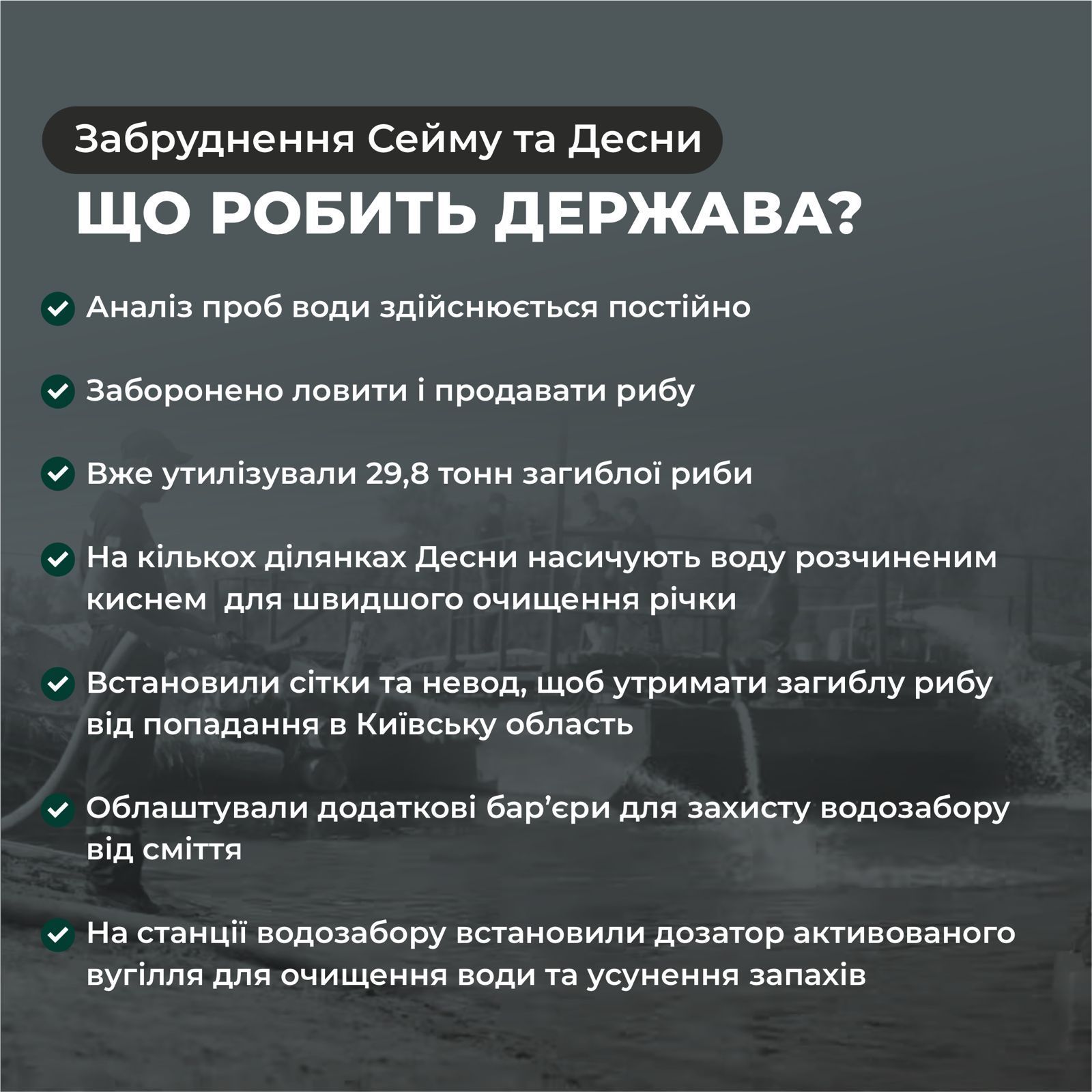
Інфографіка: facebook.com/EnvironmentalofUkraine.
September 9: pollution in the Desna River accumulated within the city of Chernihiv in the place of the destroyed road bridge (due to the natural features of the topography of the river bottom and the character of the current) and moved below the city of Chernihiv to Kolychivka. The sedimentation of black sediment to the bottom of the river is observed.
In the city of Chernihiv and the village Maxim recorded a slight decrease in oxygen, which is in the range of 6-7.76 mgO2/dm³.
Measures to catch and bury dead fish are continuing.
September 10: pollution is located near the village. Shestovytsia is 191 km from the confluence of the Sejm River with the Desna River. There is a darkening of the water, a specific smell, accumulation of shallow fish under the shore, isolated cases of fish deaths. Downstream, no signs of pollution have been recorded.
The worst indicators are recorded in the village. Boromyki and Chernihiv. Dissolved oxygen content in Desna in the area of the village Boromyky decreased to 0.26 mgO2/dm³ (the norm is 4 mgO2/dm³).
On the Desna section between the village Velike Ustya and the village In Kladkivka, the content of dissolved oxygen has normalized and is 4.7-7.85 mgO2/dm³. In the village Maxim and the city of Oster – within 7.80-7.84 mgO2/dm³.
According to the updated forecast of the Ukrhydrometeorological center, contaminated water will reach Kyiv region on September 14-16.
In the Sejm River in the Sumy and Chernihiv regions, the situation is gradually improving, the content of dissolved oxygen is slowly increasing, but it is still below the norm.
"Kyivvodokanal" noted that the company is ready to immediately adjust technological processes if the water quality in the water intake area deteriorates.
September 11: along the river Desna, the pollution advanced to the village of Ladinka in Chernihiv Oblast. The smell is reduced compared to the Sejm River. On the surface of the water is a dead fish rising from the bottom of the river. Downstream – there are no signs of pollution.
The main mass of pollution during the last day moved at an approximate speed of 15-18 km/day.
There are currently no risks for the implementation of water intake for the needs of the city of Kyiv.
The quality of water in the Sejm River in Chernihiv Oblast is improving: an increase in the content of oxygen dissolved in water and chemical oxygen consumption is recorded.
The worst values of the main pollution indicators on the Desna River are recorded in the points of the village. Boromyki and Chernihiv.
The content of dissolved oxygen has significantly increased over the last day and is 4.1-3.95 mgO2/dm³ (the norm is not less than 4 mgO2/dm³). Chemical oxygen consumption exceeds the norm up to 1.6 times and is within 27-48 mgO/dm³ (the norm is 30 mgO/dm³).
In Sumy Oblast, the quality of water in the Sejm River is gradually improving: the content of oxygen dissolved in the water is steadily, albeit slowly, increasing. Chemical consumption of oxygen, content of ammonium nitrogen and manganese is within normal limits.

Інфографіка: facebook.com/EnvironmentalofUkraine.
As of today, the map of monitoring and environmental assessment of water resources from the State Water Agency in the area of the Sejm and Desna basins looks as follows:

Screenshot from monitoring.davr.gov.ua.
What are the consequences?
According to the head of the Chernihiv region Vyacheslav Chaus, the pollution of the Sejm and Desna rivers has already led to losses for the Chernihiv region in the amount of UAH 186 million, and this figure is not yet final.
According to the ecoinspection, 26 tons of fish died in Sumy Oblast and Chernihiv Oblast due to pollution. River flora was also affected.
"You need to understand that the fish will die not because there is pollution, but because of a lack of oxygen. In a week or two, the river will be renewed, clean water will come, which will be available for water use. Now in social networks there are "dumps" from the territory new waves of pollution are coming to the Russian Federation, but our laboratory does not record such a thing, we do not detect new pollution", – declared the deputy head of the State Water Agency Ihor Hopchak.
According to him, fish will return to Seim and Desna from tributaries and reproduce. But it takes time. Most likely, it will already be spring.

Інфографіка: facebook.com/EnvironmentalofUkraine.
As EcoPolitic wrote on September 2, the rate of progress of polluting organic substances from the Seym River gradually is slowing down.

